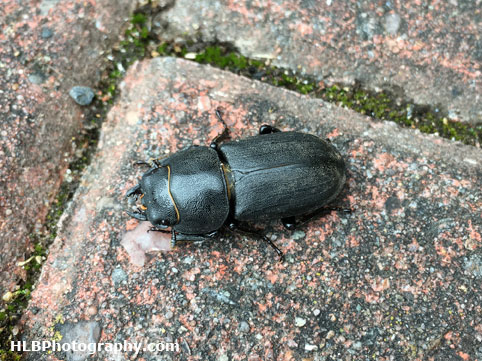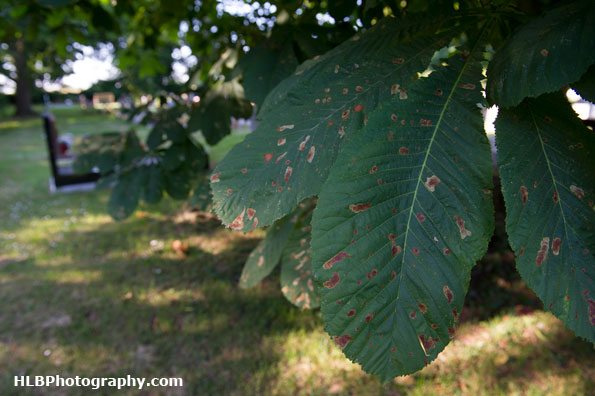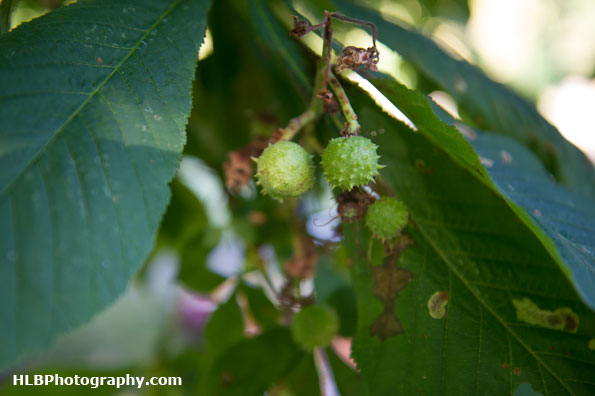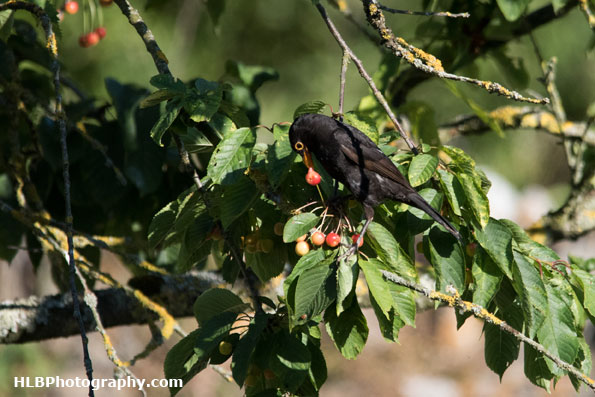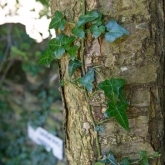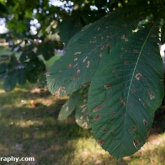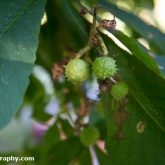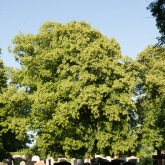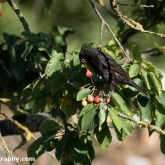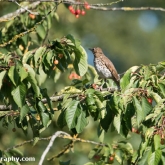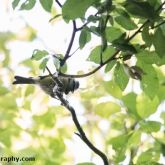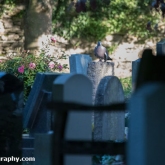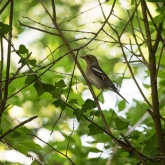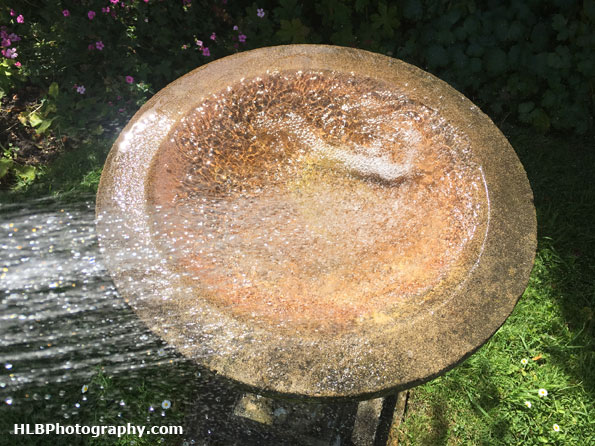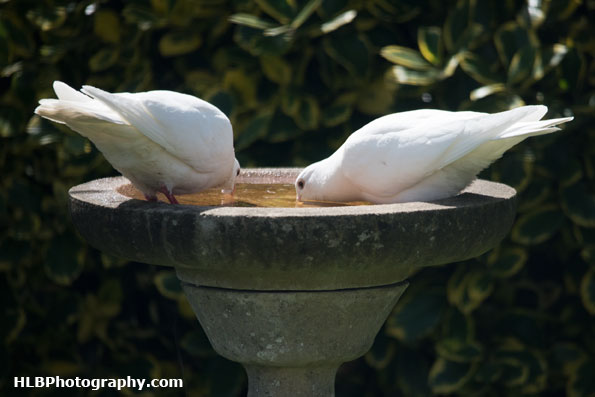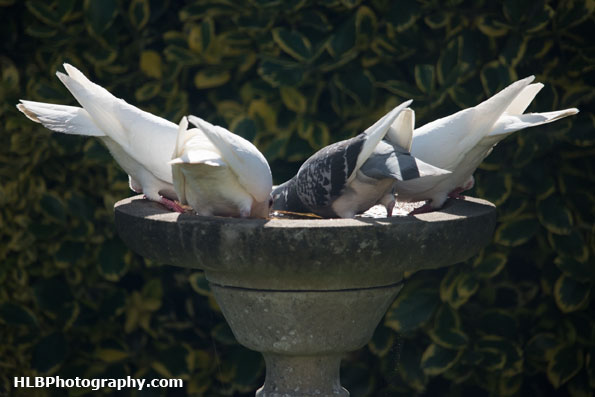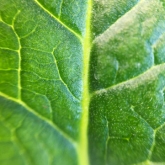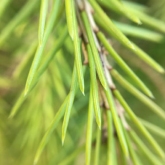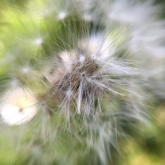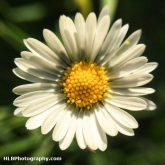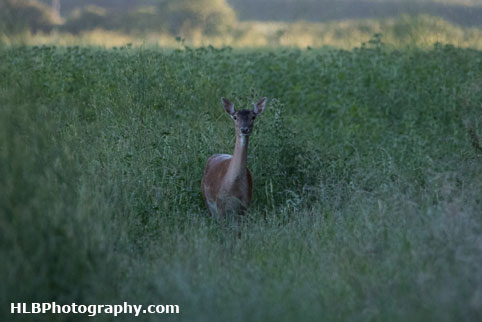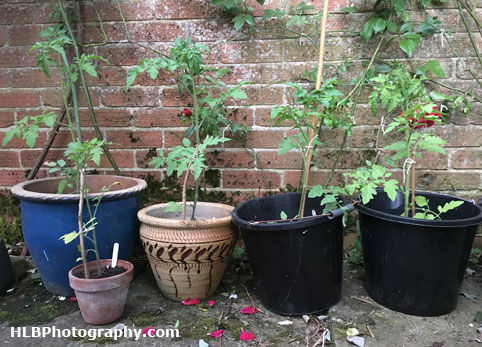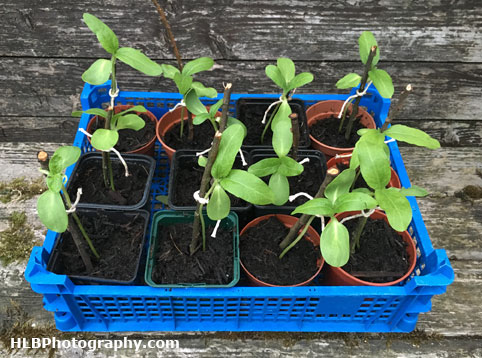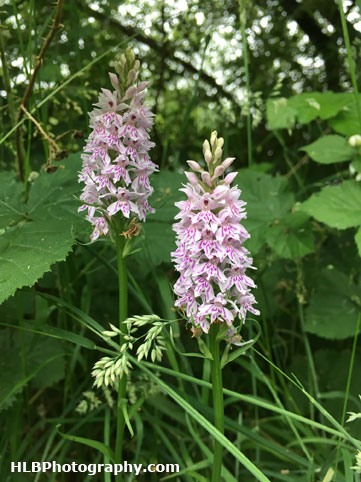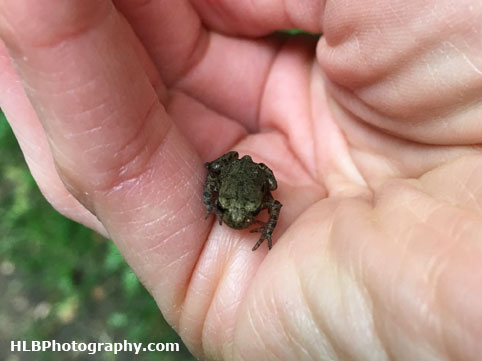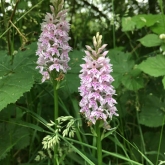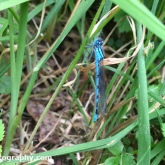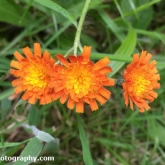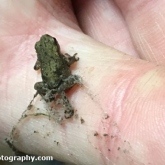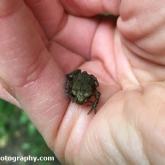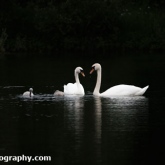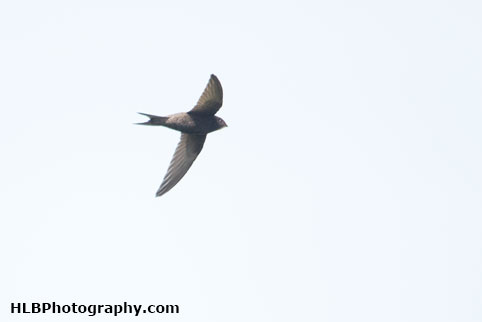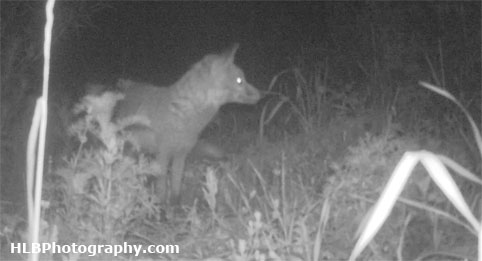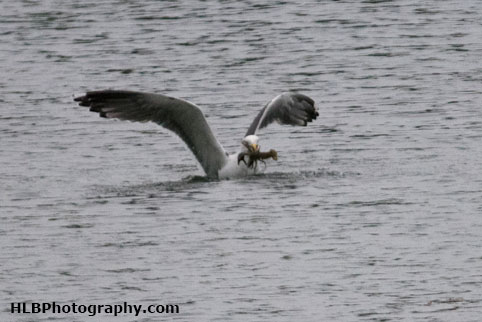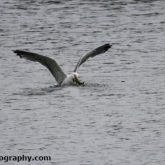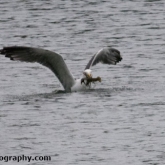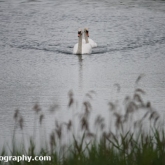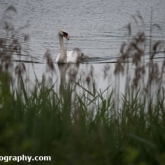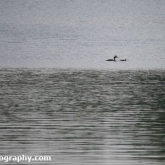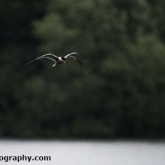When you spend a lot of time amongst nature one of the many things you can do to give back is to volunteer. Now most people think of volunteering as volunteering your time at a nature reserve or at a specific event. These things are great to do but if you are like me and have to work funny hours at a moments notice or don’t have a reserve that is particularly close to home; citizen science is another great way to give back.
You can take part when you have time or just as and when you ‘find’ something to record. ‘Something’ can be anything in the natural world. I often stumble across ladybirds when I’m at work; a quick photograph taken on my phone and in a few clicks I have sent the data off. When more time is available, a garden bird watch or mini bioblitz helps you not only explore your very local surroundings but also helps you get to know your feathered or mini beast neighbours.
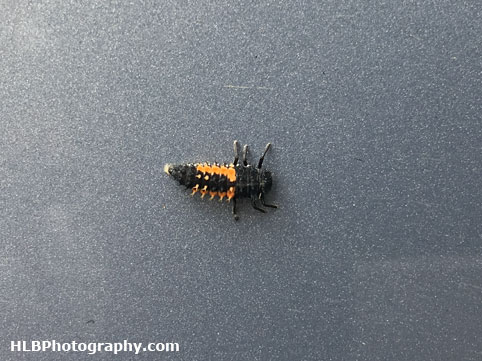
There are places to record your data no matter the subject and I have included some of the ones I use below.
iRecord enables you to log anything and everything! You can either do this via their app or on your PC via their website. All of your data feeds into the Biological Records Centre which is then also available to local record centres and national schemes and societies. There are also specific apps that feed directly into iRecord, some of these are iRecord Butterflies, iRecord Ladybirds, Mammal Tracker and iRecord Grasshopper. A full list can be found on their website.
You can also submit records directly to your local records centre of any flora and fauna. For my local centre I have downloaded their spread sheet and keep a copy in my car! If I see something while I am driving, I often get a passenger to fill in the form with all the basic details, I then add the grid reference at a later date. I transfer this data to the PC and every few months email off the form to the centre.
BirdTrack is run by the BTO in conjunction with four other organisations to monitor the distribution and movement of birds in Britain and Ireland. If you have been out bird watching you can add your lists to their database. They like complete lists so everything you have seen or heard but casual records of an individual sighting is also of relevance, it all builds up a picture of the movement and distribution of our feathered friends. You can add data via their website or an app on your phone.
Anything badger related gets recorded with the Badger Trust. They collect data via a confidential report system on road casualties, sett locations and crime & suspicious incidents. Over 50,000 badgers are killed each year on our roads, they use the data we submit to identify hot-spots and then petition our local councils to try and make the roads safer for all of our wildlife.
Every record we submit to any of these organisations helps inform research into all aspects of our natural world and helps restore and protect our natural environment. Have you seen anything you can record today?
